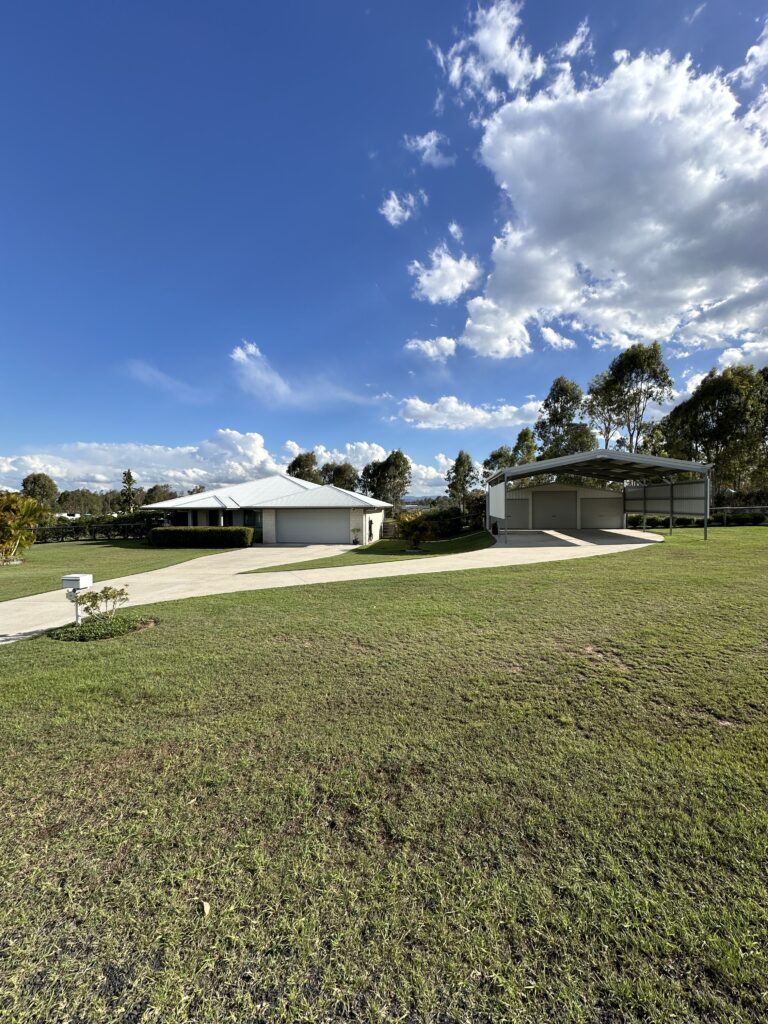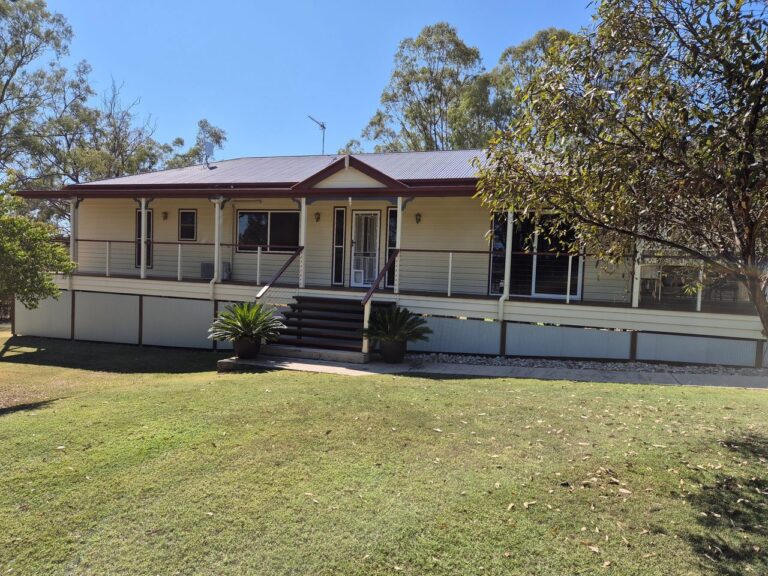Considerations for First Time Property Investors in Queensland
Investing in property for the first time is an exciting milestone, and Queensland property investment offers a diverse range of opportunities — from the vibrant, bustling urban areas to the tranquil, expansive rural landscapes. Whether you’re considering purchasing an inner-city apartment or an acreage property, it’s essential to understand the unique factors that influence your investment’s success. In this article, we’ll walk you through the key considerations that first-time property investors should keep in mind for both urban and rural properties in Queensland.
1. Urban vs. Rural Investment Opportunities
One of the first considerations is determining whether you want to invest in an urban or rural property. Queensland has a dynamic mix of both, and each comes with its own benefits and challenges.
Urban Properties: Investing in urban locations such as Brisbane, Ipswich, or the Gold Coast provides access to stable rental yields and consistent tenant demand. The proximity to amenities, transportation, schools, and employment hubs makes these properties desirable for renters and offers lower vacancy risks.
Rural Properties: On the other hand, Queensland’s rural areas, such as the Lockyer Valley or Toowoomba, provide an opportunity for unique rental markets. While rental demand may be lower compared to cities, rural properties often offer higher land value appreciation and potential for future development. If purchased in a location undergoing demographic changes or substantial developments, larger acreage sites can also be highly valued as strategic investments. In such areas, “land banking” (holding the property for future value increases), can be a profitable option in the short to medium term, making rural properties an attractive addition to your investment portfolio.
2. Understand the Local Market Dynamics
Before investing, it’s crucial to understand the dynamics of the local market. Queensland’s property market is diverse, and each region has its own growth trends.
Growth Potential: Assess the growth potential by looking at infrastructure projects, planned developments, and community growth. Urban areas like Brisbane often see ongoing infrastructure improvements, while emerging rural communities within an hour of Brisbane are undergoing significant changes. Large industries are relocating to these areas, and substantial developments are underway, driven by regional government investments in services and connectivity. These shifts present lucrative opportunities for property investors, as they can capitalize on the expected demand and appreciation in property values.
Rental Yield: Compare the rental yields between urban and rural properties. Urban areas usually offer higher tenant demand and stability, whereas rural properties may offer lower yields but higher land appreciation and additional income opportunities like leasing for agricultural use.
3. Financing and Costs Involved
Understanding the costs and financing options is essential when starting your property investment journey.
Urban Investments: Urban property purchases may require a larger upfront investment due to higher demand and competition. However, banks are typically more willing to provide financing for properties in urban areas, as they are seen as lower risk.
Rural Investments: Financing a rural property can be more complex, especially if the property is large acreage or primarily used for agricultural purposes. It’s important to consider additional costs such as fencing, irrigation, or access improvements when purchasing rural properties. Some lenders might require a higher deposit, and the valuation process may be stricter due to the lower liquidity of rural assets.
4. Due Diligence: Urban and Rural Considerations
The due diligence process will vary depending on the type of property you choose.
Urban Due Diligence: When investing in urban areas, consider factors like strata fees for units, council rates, zoning regulations, and the property’s proximity to public transport and amenities.
Rural Due Diligence: Rural properties require additional checks. Ensure there are no restrictions related to water rights, bushfire zones, or easements. Also, understand the zoning requirements and whether the property can be used for its intended purpose, whether it’s residential, agricultural, or mixed-use and can the property be developed in the future.
5. Property Management for Urban and Rural Properties
Effective property management is key to maximizing the returns on your investment.
Urban Properties: Urban properties often have higher tenant turnover, which can result in frequent tenant search and management efforts. However, property management companies are readily available and can efficiently handle leasing, rent collection, and maintenance.
Rural Properties: Managing rural properties is different and may require more hands-on involvement, especially if the land includes agricultural components or is large acreage. Property managers with experience in rural real estate can help find reliable tenants, monitor land use, and ensure property maintenance is kept up to standard.
6. Understanding Tenant Demographics
When choosing your first investment property, consider the tenant demographics you are trying to attract.
Urban Tenants: Urban properties tend to attract professionals, students, and young families looking for convenience, amenities, and access to employment hubs. High-density residential properties near schools, shopping centers, and transportation options often provide a reliable pool of tenants.
Rural Tenants: Rural properties may attract long-term renters, such as families seeking a peaceful lifestyle, or tenants with specific needs like horse stabling or farming. Ensure that your property has unique features that make it desirable for rural tenants, such as good soil quality, water access, or privacy.
7. Access and Infrastructure
Access to the property and nearby infrastructure are key factors for determining investment success.
Urban Properties: Proximity to public transport, schools, hospitals, and amenities will significantly impact the rental value of an urban property. Properties in desirable suburbs, close to key infrastructure and entertainment hubs, will typically see better capital growth.
Rural Properties: Access to rural properties can be more complicated. Ensure the property has good road access, reliable water sources, and power. Poor infrastructure can deter future buyers or tenants, which may impact long-term returns.
8. Capital Growth vs. Rental Yield
As a first-time property investor, it’s crucial to decide what your primary goal is—capital growth or rental yield.
Capital Growth: Urban properties in Queensland often experience steady capital growth, especially in established neighborhoods with ongoing development. Conversely, rural properties can also offer significant capital growth potential, particularly in areas that are undergoing demographic changes or substantial developments. Additionally, there may be opportunities to add value to rural properties by way of subdivision (STCA), allowing investors to increase the property’s value and maximize returns. This strategy can be particularly effective in regions where land supply is limited, and demand is increasing.
Rental Yield: While urban areas typically provide higher rental yields due to consistent tenant demand, rural properties may yield lower returns initially. However, the potential for land appreciation, especially in rapidly developing regions, can make rural investments attractive in the long run. Plus, additional income opportunities, such as leasing land for agricultural purposes, can supplement rental income.
9. Get Expert Advice
Whether you decide on an urban or rural investment, working with a professional buyer’s agent can make all the difference. A buyer’s agent will help you navigate the complexities of the market, ensure that you purchase the right property at the right price, and support you in understanding the specific needs of urban or rural investments.
Investing in property for the first time in Queensland is a rewarding journey, but it comes with challenges that require informed decision-making. By understanding the differences between urban and rural investments, doing thorough due diligence, and getting expert guidance, you can set yourself up for a successful property investment journey. Remember, every property is unique, and aligning your investment strategy with your personal goals will help you make the best choices for your portfolio.
Precision Property Buyers Agency are trusted and experienced Buyers Agents specialising in rural, acreage and lifestyle properties purchasing properties in Ipswich, Toowoomba, Lockyer Valley and Moreton Bay regions. Register your interest here







